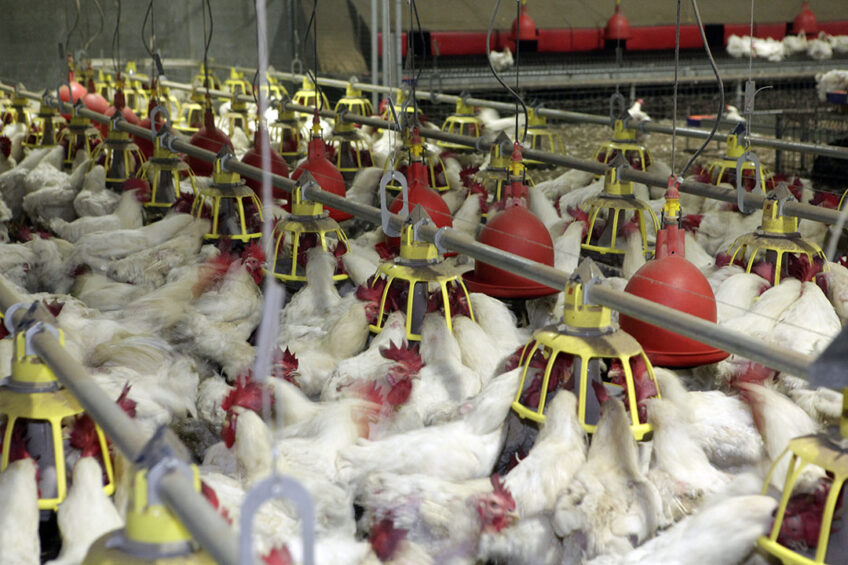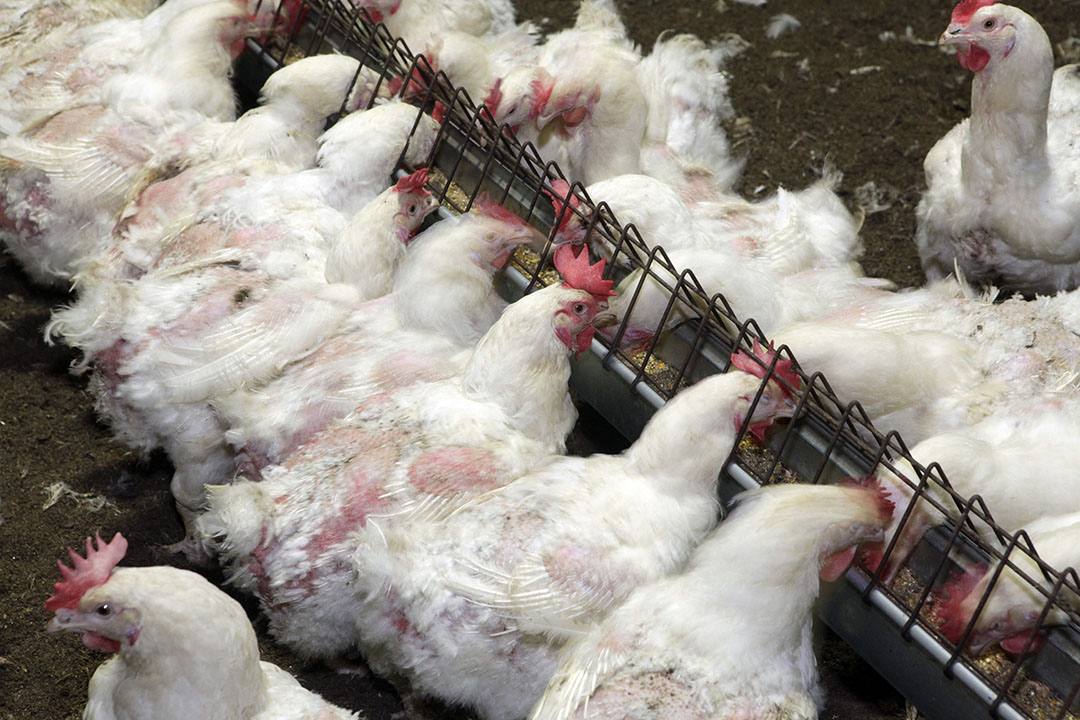Genetic selection of poultry needs constant attention

The poultry industry has become the world’s leading supplier of efficient, high-quality animal protein. However, over the years, genetic selection for productivity has led to problems with metabolic health. Although many of these concerns have been overcome, emerging performance-related problems need constant attention in genetic selection, as shown by a scientific review by Doug Korver, department of agriculture at the University of Alberta.
The global population is projected to reach 9.7 billion by 2050, so there is increasing demand for high-quality protein for human consumption. Broiler meat provides an excellent amino acid profile and is a good source of energy and micronutrients. In addition, due to the small individual size of broilers, simple housing requirements, low initial costs and initial investment requirements, plus low greenhouse gas emissions, broiler meat has become a common part of the human diet.
Strategies such as genetic selection and growth-promoting antibiotics have therefore been implemented to improve growth performance and the profitability of broiler farms. But, these strategies have caused some concerns…
Impact of genetic selection
Genetic selection has been implemented in broilers to produce efficient, high-quality, economical protein for human consumption. This has resulted in substantial increases in growth rate, weight gain, meat yield, feed efficiency and edible portion yields, as well as reduced carcass fat. Unbalanced genetic selection for productivity parameters without considering underlying physiological systems, however, has led to metabolic and systematic diseases, including sudden death syndrome, ascites, cellulitis, tibial dyschondroplasia, valgus varus deformities and spondylolisthesis.
Recently, the prevalence of bacterial chondronecrosis with osteomyelitis is intensifying in commercial broilers due to selection for increased growth performance. Bacterial chondronecrosis with osteomyelitis is caused by the translocation of environmental bacteria across the epithelial walls of gut or lungs to the poorly vascularised cartilage tissues at the growth plates of bones.
Rapid growth rates and heavy body weight due to genetic selection aggravate structural defects and lead to microfractures that provide a surface for bacteria colonisation, resulting in necrosis and major physical lesions.
Another common issue in rapidly growing broilers with a heavy body weight is woody breast which refers to a hardened and swollen pectoral muscle with pale sections and petechiae. Woody breast is caused by microscopic inflammation of the small veins in the breast muscle. It begins to occur in birds as young as 2 weeks old and impairs blood flow in the pectoralis major and minor muscles. Spaghetti breast, a defect described as a stringy appearance of muscle fibres separated from each other giving a spaghetti-like appearance, is also more common in rapidly growing broilers. This defect reduces consumer acceptance of the meat.
Impact on reproductive potential of broiler breeders
Studies showed that meat production traits and reproductive traits are negatively correlated. Selection for increased growth rate and appetite results in excessive body weight and large muscle mass which interferes with natural mating in broiler breeders.
The enhanced maintenance requirements for energy and amino acids, and excessive fat stores further affects control of the ovaries. In addition, quantitative and qualitative feed restriction programmes have been implemented on farms to restrict the growth rate relative to genetic potential which poses a welfare concern.

Impact on the environment and farm profitability
Rapid growth rates decrease the amount of time required to reach a target body weight, reduce the number of days alive, and thus lower the energy and nutrients required to reach that weight. Lower feed and water consumption means less manure is produced which has a positive environmental impact. However, rapid growth rates may increased stress on the birds, which is a welfare concern. Conversely, slower growing broilers have greater input costs and are less profitable for producers, however, they have a net negative impact on the environment compared to typical broilers.
Phasing out antibiotics
Dietary antibiotics have been widely used in broiler production systems since the 1940s for prophylactic and growth promotion purposes early in life. Owing to the negative public health and environmental impacts of the development of antibiotic-resistant bacteria, the European Union banned the use of all in-feed antibiotics for growth promotion purposes.
One of the main challenges facing the broiler industry is the complete removal or gradual phasing out of prophylactic or sub-therapeutic antibiotics. It has been estimated that removing growth-promoting antibiotics from broiler diets enhances feed conversion ratio and feed costs by US$0.03 per bird resulting in increased production costs of over US$183,500,000 per year. Therefore, in the absence of growth-promoting antibiotics it is difficult to find practical and effective antibiotic alternatives to maintain the same level of productivity.
Constantly adapting
Commercial broiler production systems have to work within the birds’ inherent physiological limitations. Selection for increased growth rate is an important consideration for geneticists. However, it should be noted that at a certain point the biological limits will be reached where it will becoming increasingly difficult to maintain health, welfare and meat quality.
Although some concerns can be overcome through nutrition, management and balanced genetic and genomic selection programmes, new and emerging performance-related problems remain a concern.
The poultry industry constantly adapts but less predictable challenges are changing consumer and legislative pressures that require rapid changes in production systems, genetics and management techniques. That said, as Korver indicates, the poultry industry has proven itself to be resilient and creative in meeting changing consumer demands and regulatory pressures, and it is likely that this will continue in the future.












